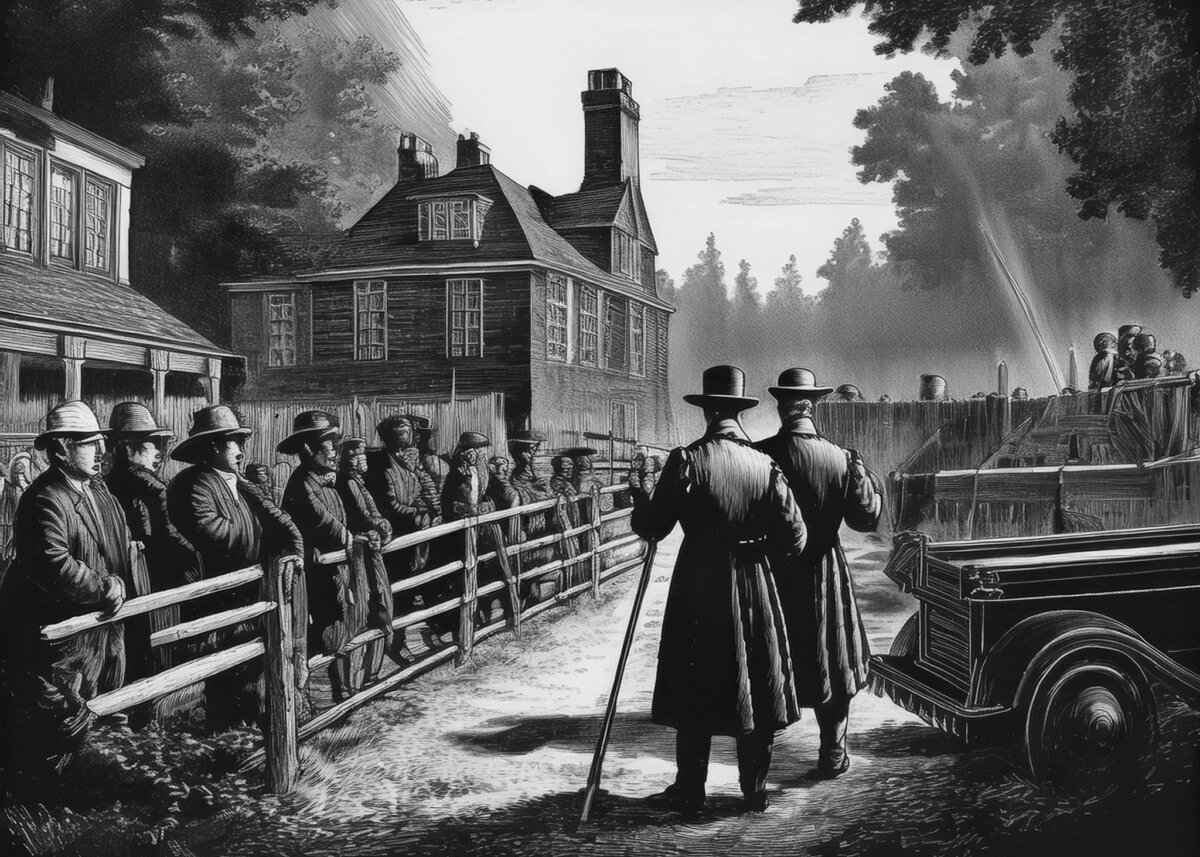Reconveyance in the title refers to the legal process by which a lender transfers the title of a property back to the borrower after the mortgage obligation has been satisfied. This critical step in the home financing process is often overlooked, but it is crucial in ensuring that property ownership is clear and unencumbered. This article will explore reconveyance, its significance, how it works, and what homeowners need to know to navigate the process effectively.
What is Reconveyance?
Reconveyance transfers property title from the lender to the borrower once the mortgage or loan has been fully paid off. This process is documented through a reconveyance deed, proving that the borrower has fulfilled their financial obligation to the lender.
When a homeowner takes out a mortgage, the lender holds a security interest in the property until the loan is paid in full. This security interest is recorded in the public records, and the lender’s claim on the property is noted in the title. Once the loan is paid, the lender must take action to clear this interest, which is accomplished through reconveyance.
Why is Reconveyance Important?
Reconveyance is a vital aspect of property ownership for several reasons:
- Clear Title: When a mortgage is paid off, reconveyance ensures that the borrower has a clear title to the property. A clear title means no outstanding liens or claims against the property, essential for future transactions, such as selling the home or obtaining a new loan.
- Property Rights: Reconveyance reinforces the homeowner’s property rights. It acknowledges that the borrower is the sole owner of the property, free from any obligations to the lender.
- Preventing Legal Issues: With proper reconveyance, a homeowner may avoid legal issues in the future, including difficulties in selling the property or challenges to their ownership rights. If the lender fails to reconvey the title after the loan is paid, it can lead to complications and disputes.
The Reconveyance Process
The reconveyance process typically involves several steps:
- Loan Payoff: The first step in reconveyance is fully repaying the mortgage, including the principal amount and any interest, fees, and other charges stipulated in the loan agreement.
- Request for Reconveyance: Once the mortgage is paid off, the borrower or the lender will initiate the reconveyance process. In most cases, it is the lender’s responsibility to prepare and record the reconveyance deed.
- Preparation of the Reconveyance Deed: The lender prepares a reconveyance deed stating that the borrower has paid off the loan and that the lender relinquishes any claim to the property. This document must be signed by the lender or an authorized representative.
- Recording the Reconveyance Deed: The deed is then filed with the appropriate local government office, typically the county recorder’s office, where property records are maintained. Recording the deed makes the reconveyance a matter of public record.
- Notification to Borrower: Once the reconveyance deed is recorded, the lender usually sends a copy to the borrower as proof that the mortgage has been satisfied. Homeowners need to keep this document safe, as it shows their ownership.
- Reconveyance vs. Foreclosure
It’s important to distinguish between reconveyance and foreclosure, as they are two different processes related to property title and ownership:
- Reconveyance: This occurs when a borrower pays off their mortgage in full, leading to the return of the title to the borrower without any claims from the lender.
- Foreclosure: Foreclosure occurs when a borrower fails to make mortgage payments, and the lender takes legal action to reclaim the property. In this case, the lender may sell the property to recover the outstanding loan amount, and the borrower loses ownership rights.
Common Issues in the Reconveyance Process
While the reconveyance process is generally straightforward, there are potential issues that homeowners may encounter:
- Lender Noncompliance: Sometimes, lenders may fail to initiate the reconveyance process promptly after a loan payoff. This can create complications for homeowners who wish to sell or refinance their property.
- Missing Documents: Homeowners should ensure that they receive the reconveyance deed and any related documents from their lender. If these documents are lost or not provided, it can complicate future transactions.
- Incorrect Information: Errors in the reconveyance deed, such as wrong names or property descriptions, can lead to legal disputes or delays in transferring clear title.
What Homeowners Should Do
Homeowners can take several proactive steps to ensure a smooth reconveyance process:
- Confirm Loan Payoff: Verify with your lender that the loan has been fully satisfied after the final payment. This confirmation is crucial for initiating the reconveyance process.
- Request Documentation: Promptly request the reconveyance deed from your lender. It’s essential to have this document on hand for future reference.
- Monitor Public Records: After the reconveyance deed is supposed to be recorded, homeowners should check public records to confirm that the deed has been filed correctly. This step helps ensure the title is clear and reflects the homeowner’s ownership.
- Seek Legal Assistance if Necessary: If issues arise during the reconveyance process or the lender does not comply, consulting with a real estate attorney may be beneficial. They can provide guidance and help resolve disputes.
Conclusion
Reconveyance in title is a crucial process that ensures homeowners regain clear ownership of their property once their mortgage obligations are fulfilled. Homeowners can navigate the process more effectively and avoid potential legal issues by understanding what reconveyance entails, how it works, and the importance of a clear title.
Taking proactive steps to confirm loan payoffs, request documentation, and monitor public records will help ensure the reconveyance process goes smoothly. Ultimately, reconveyance reinforces homeowners’ rights and protects their investment in the property, allowing them to move forward confidently with their real estate goals.
Understanding Chain of Title: Why History Matters in Real Estate
Title Insurance vs. Home Insurance: Understanding the Crucial Differences
The Evolution of Title Insurance: From 1868 to Today
How Technology Is Revolutionizing the Title Insurance Industry
Understanding Closing Costs: What First-Time Buyers Need to Know
What Exactly Is Title Insurance? A First-Time Buyer’s Complete Guide
What are the top home title questions in 2025
The 7 Most Common Title Issues That Could Derail Your Home Purchase
Understanding Zoning: The Framework That Shapes Urban Spaces











